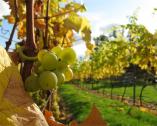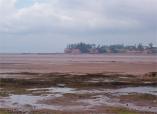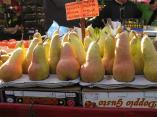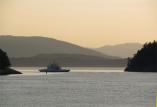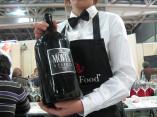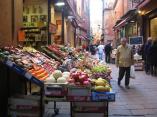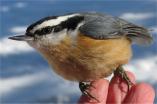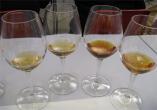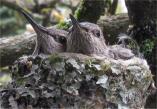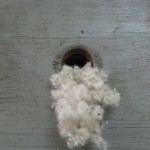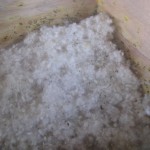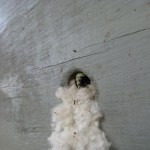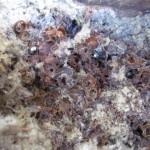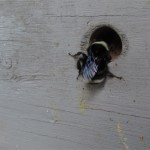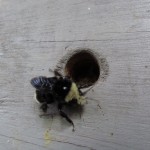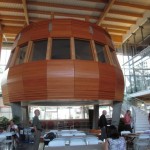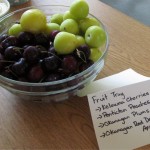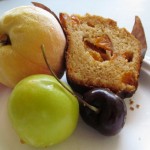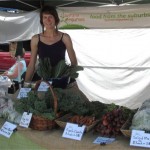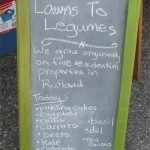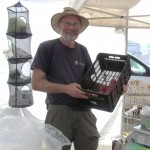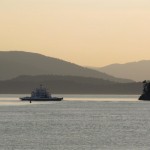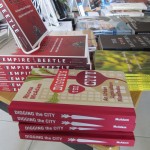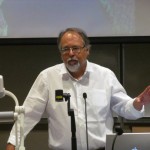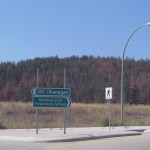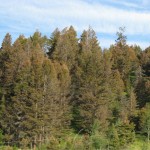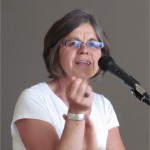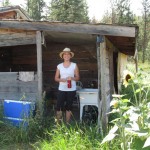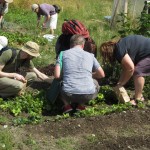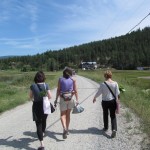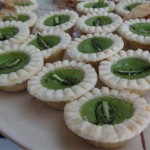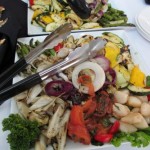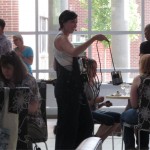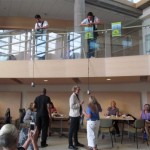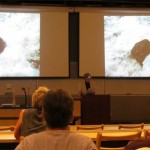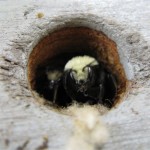 As mentioned previously I returned home to find my Bombus box deserted and only a couple of sickly bees still staggering about under the bedding.
As mentioned previously I returned home to find my Bombus box deserted and only a couple of sickly bees still staggering about under the bedding.
Mine were Bombus vosnesenskii or yellow-faced bumblebees, and I’d lured them into the box in the spring by placing it their path after I’d noticed the queen bumbling around my wood pile with the determined air of a house hunter. The box came pre-bedded with cotton mattress stuffing, and the first sign that the box was occupied was a spill of bedding out the entry hole. When I lifted the lid to look, the bedding seemed mounded up, and there was, well, bee dung on the walls. As soon as the lid was open, a bee shot out the front to ask what my business was, and after a while I noticed there was always at least one bee stationed at the entrance, with workers coming and going around her.
The hive was thriving up until the time I left, in late July. When I returned last weekend I noticed there was no bee in the doorway, and when I poked around inside, there was no more activity, and the bedding was grey, the walls were grey, and there were moths and maggots crawling around.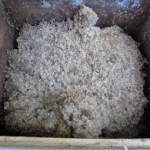
I asked my friendly neighbourhood entomologist (every neighbourhood should certainly have one!) for advice. He said it had happened to him as well sometimes, and put me onto a bumblebee specialist, who swiftly replied with the following comforting words:
That’s a pretty standard finding towards the end of the colony. There are many parasites that take over once the queen is done laying her eggs and the males and new queens leave the nest.
Well, comforting for me anyway. I had seen a yellow-face bopping around in my tomato flowers just the other day, so I knew they were still about, and I hoped that the tomato-lover had been one of the hearty offspring of “my” hive.
In truth I was a tiny bit relieved they had gone as they were quite frisky, if not downright aggressive: for some reason one would always emerge to dive bomb me when I went into my compost bin for any length of time, and then zoom around in the bin while I was trying to dig it over. I finally had to resort to wearing a headscarf if I wanted to dig things into the pile to keep them from tangling in my hair.
But then yesterday as I was starting to clean the box out – all maggoty and grey and sticky – I paused at the compost bin and darned if I wasn’t bopped in the head by a bombus. A big one, a queen I guess, as she was about three times the size of the workers who’d been hanging out the door in days gone by. She flew around and around the space where the box had been until I ran and fetched it. She entered and quickly backed out, then wandered around the front as if checking to be sure it was her own front door. Put her head in the door again, backed out, and so on for five or ten minutes, until she finally gave up and flew away.
I emptied the box, washed it and set it out on the grass to dry. I’ll bleach it later. But as I was climbing the ladder to the apple tree nearby, darned if she didn’t buzz me again. Clearly she has assigned blame for the whole sorry state of affairs, and I am the villain. But how do you apologize to a bee?
Here’s a good video showing the amazing things that happened in bombus world, under all that cotton fluff.. for a few months anyway.
